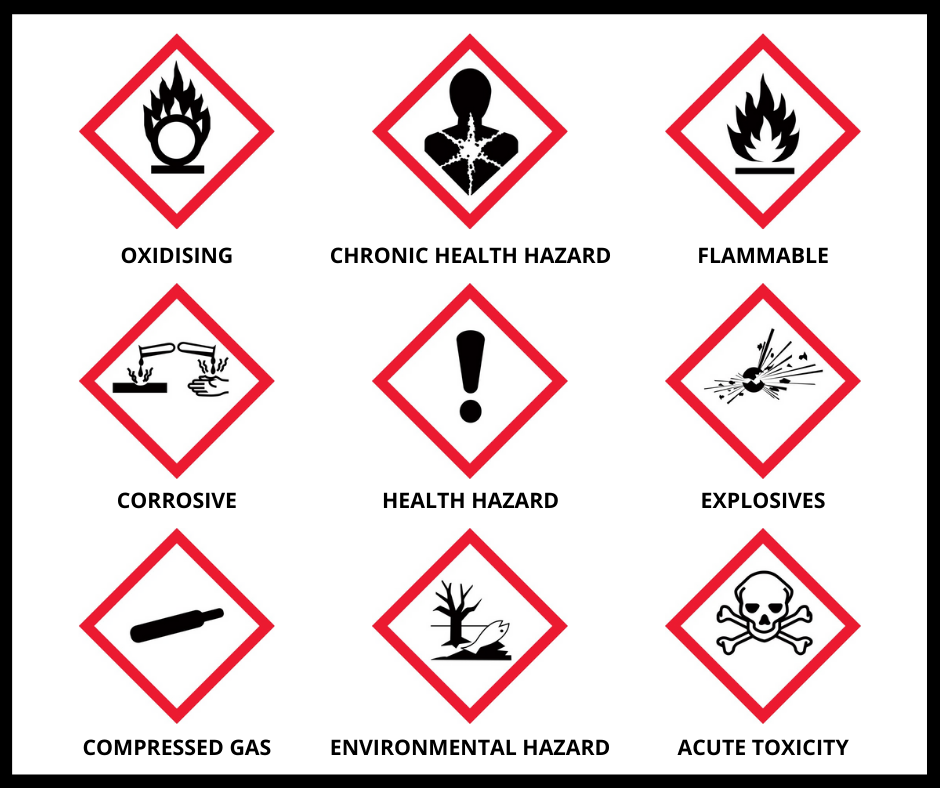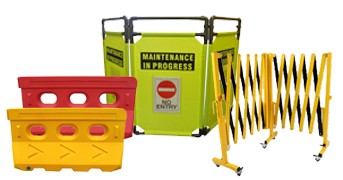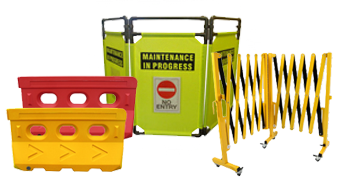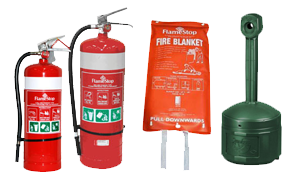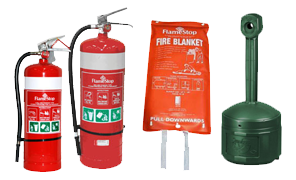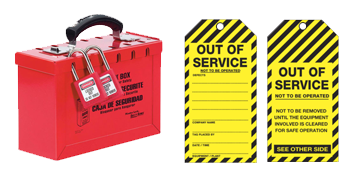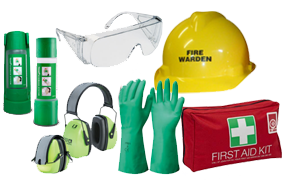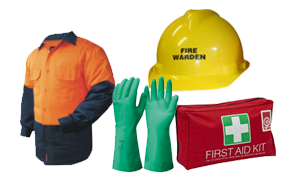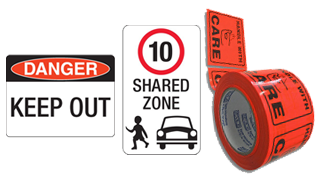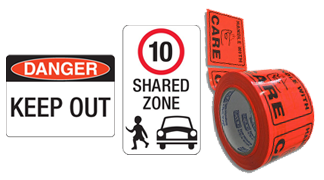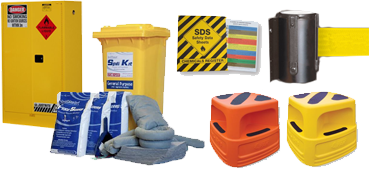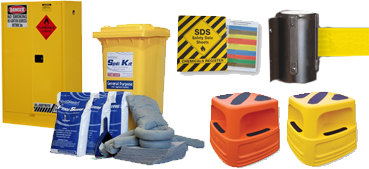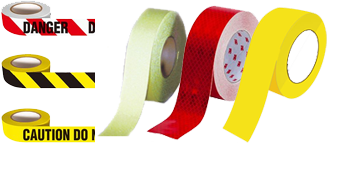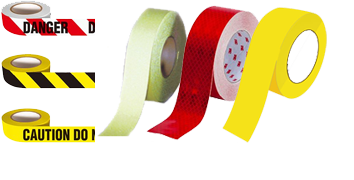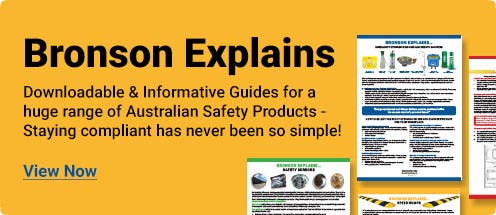The Globally Harmonised System of Classification and Labelling of Chemicals(GHS) originated in the United Nations. The original intention behind the GHS was to create a single worldwide methodology for chemical classification, labelling and safety data sheets. As the GHS is internationally recognised, it offers significant benefits to industry and can help to improve health and safety for those handling the trade of dangerous goods.
One major element that determines whether a company is complying with the GHS system, is the labelling of all chemicals deemed hazardous by the system. To help our customers understand the basics of GHS labelling, we have compiled a list of the 6 most important elements of a GHS compliant label.
Compliant GHS labels must include the following six key elements:
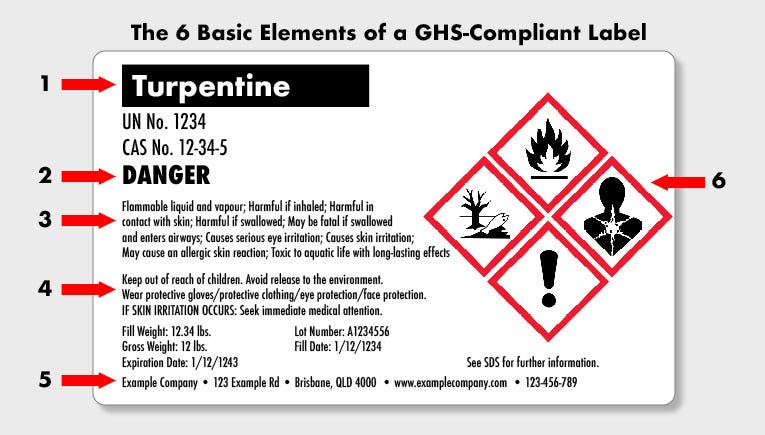

1. Product Identifier
This includes the product's name (e.g. Turpentine), UN Number and CAS Number. These identifiers must match what is recorded on the Safety Data Sheet to maintain clear records and improve information accessibility.
Not sure which chemicals are covered under the GHS system? Click here to find out.
2. Signal Word
Two signal words are recognised under the GHS:
- DANGER - This indicates a severe level of danger and warns handlers to take great caution. Used for hazard categories 1 and 2.
- WARNING - This indicates a less severe level of danger and warns handlers to take some caution.
3. Hazard Statement(s)
A hazard statement is a phrase that is assigned to an individual hazard class and category. This statement describes the nature of the hazards associated with that class and category, often in a single short sentence.
To determine the hazard class and category of a particular hazardous chemical, head to Safe Work Australia's Hazardous Chemical Information System. This link has a searchable system that contains a full database of most GHS recognised hazardous chemicals.
Turpentine is an example of a hazardous chemical that is contained under multiple hazard categories. As such, the Hazard Statement for Turpentine includes the individual hazard statements associated with each hazard category. A hazardous chemical that is contained under only one hazard category will have a shorter hazard statement than Turpentine.
4. Precautionary Statements
The Precautionary Statement describes the recommended measures that should be taken to minimise or prevent the hazards associated with the substance.
5. Supplier Identification
The Supplier Information section on a GHS label should provide full disclosure of the chemical history all the way back to its supply, in the case of any issues or emergencies.
Supplier information includes the name, address and telephone number of the manufacturer, importer or supplier of the hazardous chemical.
6. Pictorgrams
GHS pictograms aka diamonds comprise a particular hazard symbol within a red border. To be compliant GHS pictograms will always feature the below diamond shape, and all illustrations must be clearly legible.
There are nine GHS pictograms that represent the physical, health or environmental hazards of an associated chemical. These symbols are universally recognisable and act to immediately and efficiently convey the specific hazard information visually using recognisable graphic symbols.
A GHS label may feature more than 1 GHS pictogram (as displayed on example image above). This will be the case when the chemical substance falls under more than one class.
